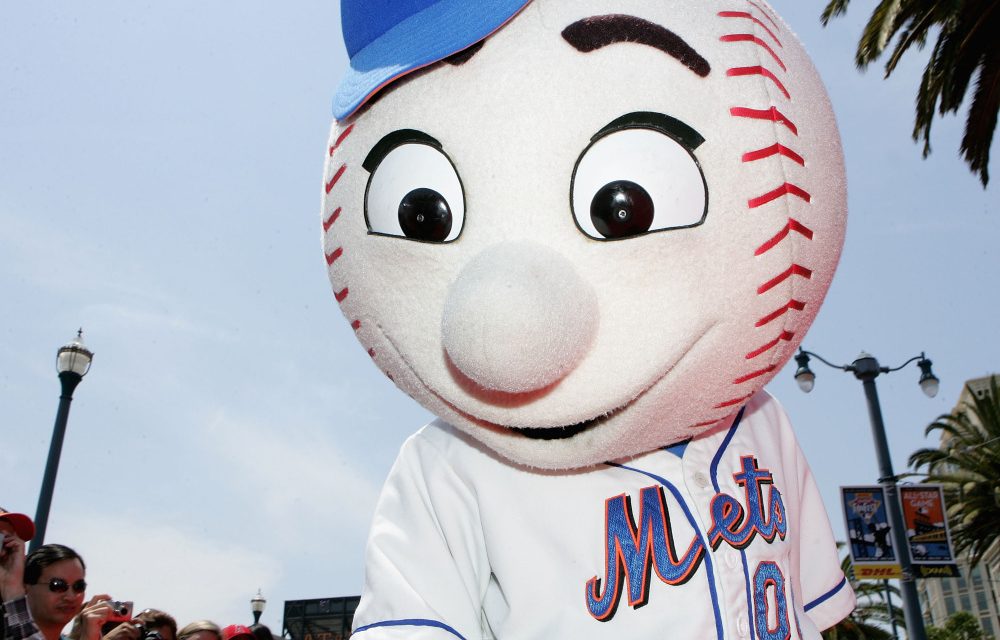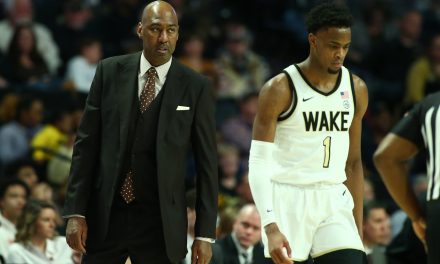A Surprising Trend in Team Mascots and Collegiate Picks
As the baseball season winds down, fans across the nation will be watching closely for their favorite teams to make the playoffs in the Hunt for October. Part of being a hardcore fan is ride-or-die loyalty and fanatical team pride, especially at the end of the season.
Of course, that’s why baseball teams have fun and, let’s say…enthusiastic (an understatement, at best) mascots to engage fans and players with their amusing antics to keep camaraderie and morale up. These playful personalities entertain and interact with fans throughout games and events to inspire team spirit and create each team’s unique community culture.
All but three (Angels, Dodgers, and Yankees) Major League Baseball (MLB) teams currently have official mascots. These mascots range from eccentric characters like the furry, bright green “flightless bird,” The Phillie Phanatic (Phillies), to the delicious, performing Polish dumplings, The Pierogis, and their avian counterpart, Pirate Parrot (Pirates). Whether your favorite team’s mascot is Lou Seal (Giants) or Wally the Green Monster (Red Sox), they all resonate with local flavor and hometown spirit.
Despite the diversity of creative creatures in major league mascots, one fact might bug fans: There are no insect-based mascots or teams in the MLB, which is a little odd since many minor league and collegiate teams sport bugs as their team names and mascots.
Minor League Baseball (MiLB) teams are also well-known for their unique and creative mascots, just like their major league counterparts. However, interestingly enough, many of them are insects. For example, there are the Augusta GreenJackets, Burlington Bees, Greensboro Grasshoppers, and Salt Lake Bees (although, “greenjackets” are not real insects, fortunately).
In fact, a recent study by the pest control experts at Insight Pest Solutions noted a correlation between collegiate players from teams with bug nicknames and mascots and advancement to the major leagues. The ten colleges and universities analyzed in the study have produced a total of 135 players for the major leagues. For scale, this would amount a significant 18% of the total number of MLB players at the beginning of the season, and a still very notable 11.25% of players when the teams expand their rosters from 25 players to 40 during September call-ups.
The biggest producer of MLB players in the study has been, hands-down, the Georgia Tech Yellow Jackets, accounting for nearly half of all major league players from the list. In fact, the team nickname “Yellow Jackets” seems to be a recurring theme when it comes to insectoid college teams and the major leagues, since 6 out of 10 of the studied teams share the same nickname.
Actually, in the same sports study, the Georgia Tech Yellow Jackets lead the way across the board in fostering future professional players for the NBA and NFL as well. Whether it is mere coincidence or statistical trend, there is no denying this: Buggy college teams seem to have a knack for producing pro talent.









